Monika explores the history and heritage of Pietra Dura, an inlaid stonework art that blends history, artistry, and cultural heritage, exclusively for Different Truths.
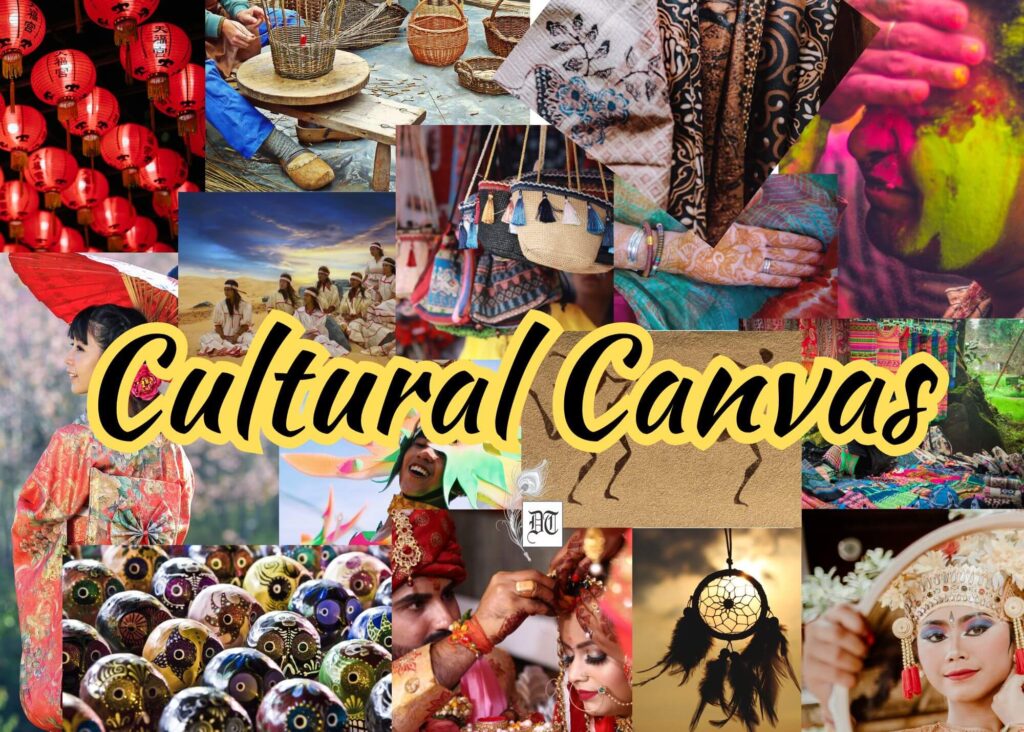
Imagine a craft where stones come alive, where agate blooms into delicate petals, and lapis lazuli forms a sky so vivid it seems to breathe. Pietra Dura, the art of inlaid stonework, is nothing short of alchemy, turning lifeless rock into a vibrant symphony of stories, emotions, and eternal beauty. Born in Renaissance Italy and carried across empires, this intricate art form has graced everything from royal tombs to grand palaces, leaving behind a trail of splendor that speaks of love, power, and artistic obsession. Each masterpiece tells a tale, of dreams and desires into the enduring essence of stone.
Pietra Dura, also known as “Pietre Dure” or “Pietra Dure,” is an exquisite form of inlay artistry that combines precision with elegance. This magnificent craft uses semi-precious stones meticulously cut and inlaid into a stone base to create intricate, pictorial designs. The pieces, often flowers, birds, landscapes, or abstract patterns, are assembled like a jigsaw puzzle, with each stone forming part of a richly detailed image. Over the centuries, Pietra Dura has become a symbol of aesthetic sophistication and cultural legacy, adorning the interiors of palaces, churches, and monuments around the world.
Historical Origins and Development
The roots of Pietra Dura date back to classical antiquity. However, it found its most significant expression during the Renaissance in Florence, where artists perfected the technique under the patronage of the Medici family. The Opificio delle Pietre Dure, a workshop founded in Florence in 1588 by Ferdinando I de’ Medici, became the center for this art form. Craftsmen at the Opificio produced intricate tables, cabinets, and other decorative pieces that were both luxurious and durable. Their creations, sought after across Europe, combined traditional Italian craftsmanship with influences from Byzantine and Eastern artistry.
Technique and Materials
Pietra Dura relies on using colored stones, including lapis lazuli, malachite, agate, jasper, onyx, and mother-of-pearl. The process begins with a sketch, often based on natural themes, which is then divided into separate segments for each color. Artisans carefully cut stones into the shapes needed, polish them, and fit them into the designated pattern on a marble or slate base. Each piece must be cut and placed with incredible precision, often requiring tools like tiny saws and abrasives. Once the entire design is set, the surface is polished to create a seamless, glossy finish, with each stone retaining its individual luster. The result is a mosaic-like image that appears almost painted due to its vibrancy and detail.
Aesthetic Value and Symbolism
The aesthetic appeal of Pietra Dura lies in its blend of natural beauty with human artistry. Each stone’s unique colors and textures add depth and richness to the designs, creating an illusion of depth and realism that transforms interiors into immersive art experiences. For many, Pietra Dura also represents a connection between the organic and the artistic; the stones, shaped by natural forces over millennia, are repurposed to create lasting images that celebrate life and nature. This art form often evokes themes of permanence and luxury, its stone elements giving it a sense of timelessness.
Global Influence and Usage
Though Pietra Dura was born in Italy, it influenced craftsmanship far beyond Europe. In the 17th century, the Mughal emperors of India adopted the technique and developed their own style, known locally as parchin kari. The Taj Mahal in Agra, one of the most famous applications of Pietra Dura, features extensive inlaid stonework in floral and geometric designs using local and imported semi-precious stones. Beyond India, Pietra Dura has found use in decorative arts worldwide, often incorporated into luxury items, furniture, and architectural elements such as tabletops, altarpieces, wall panels, and small boxes.
Legacy and Modern Appreciation
Today, Pietra Dura is a revered but niche art form. The Opificio delle Pietre Dure in Florence still exists as a museum and conservation institute, preserving both historical pieces and techniques. While modern technology allows for more precise stone-cutting, traditional Pietra Dura remains a labor-intensive art form with a dedicated following among collectors and art enthusiasts. Contemporary designers sometimes incorporate Pietra Dura techniques in jewelry and interior décor, appreciating the visual richness and craftsmanship it brings. This enduring appeal testifies to the lasting beauty of Pietra Dura, a symbol of human ingenuity and the eternal allure of natural materials.
Pietra Dura’s legacy is defined by extraordinary creations across the globe, from Italian Renaissance marvels to Mughal masterpieces. Here are some of the most iconic examples that showcase its versatility and timeless beauty:
The Medici’s Obsession: A Legacy Carved in Stone
The rise of Pietra Dura can be traced to Florence in the late 16th century, when Grand Duke Ferdinando I de’ Medici founded the Opificio delle Pietre Dure workshop in 1588. Legend has it that Ferdinando, captivated by the brilliance of lapis lazuli and malachite brought from distant lands, sought to immortalize his family’s power through art that would stand the test of time. Craftsmen under his patronage created masterpieces for the Medici Chapel, embedding rare stones into altars and tombs. These creations, featuring lifelike floral arrangements and mythological scenes, were not just displays of wealth—they were declarations of immortality, each stone reflecting the grandeur of the Medici dynasty.
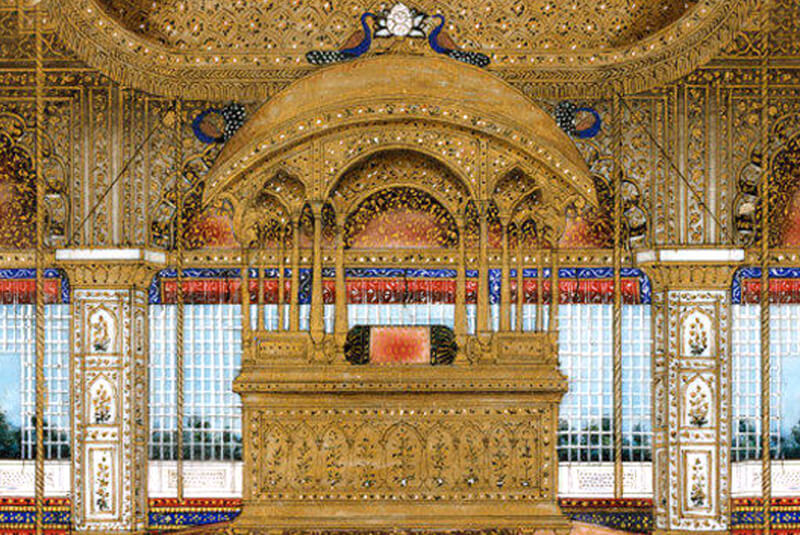
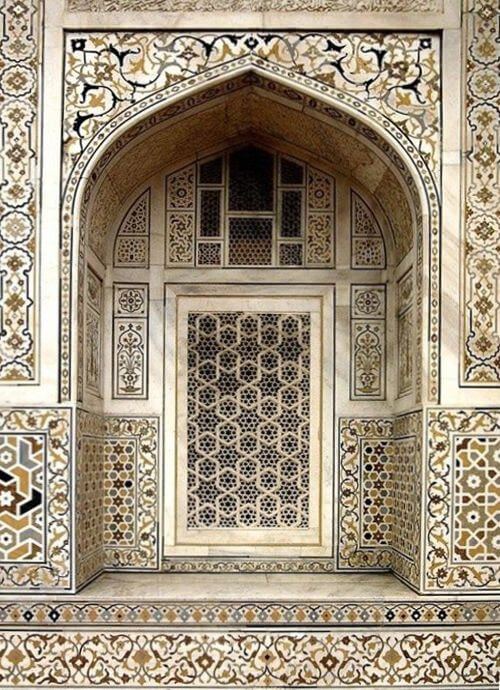
Love Immortalised: The Taj Mahal’s Pietra Dura
When Mughal Emperor Shah Jahan commissioned the Taj Mahal, he wasn’t just building a tomb; he was crafting a love story in stone. The Pietra Dura embellishments that adorn the mausoleum’s pristine white marble walls are some of the most intricate in the world. Artisans from Persia and Central Asia used jade, jasper, onyx, and carnelian to form delicate floral motifs symbolizing paradise. Shah Jahan reportedly spent hours inspecting the designs, ensuring they reflected his eternal devotion to his wife, Mumtaz Mahal. Each flower on the Taj’s walls tells a story of longing and remembrance, glowing softly under moonlight as if whispering tales of love to the centuries.
The Peacock Throne: Power Encased in Beauty
While Pietra Dura flourished in India, it reached its zenith in the creation of the Peacock Throne, a symbol of the Mughal empire’s unparalleled opulence. Commissioned by Emperor Shah Jahan, the throne was adorned with a dazzling array of inlaid stones, including rubies, emeralds, and diamonds. The artisans crafted vivid floral patterns and depictions of birds in full bloom, drawing on the Mughal love for nature. Beyond its artistic brilliance, the throne embodied imperial power, a message conveyed not just through gold and jewels, but through the labor and artistry of countless hands. Though the throne was lost to history, its Pietra Dura embellishments remain legendary, a symbol of Mughal grandeur.
A Royal Challenge: The Badminton Cabinet
In the 18th century, an English duke visiting Florence was so enchanted by Pietra Dura that he commissioned the Opificio delle Pietre Dure to create a monumental cabinet as a centerpiece for his estate. Known today as the Badminton Cabinet, this masterpiece took over six years to complete and featured intricate inlays of birds, flowers, and landscapes. The story goes that the duke’s guests would gather around the cabinet, marveling not just at its beauty but at the audacity of its scale. Today, it stands as one of the most expensive pieces of furniture ever sold, a reminder of the lengths that patrons would go to possess a piece of Pietra Dura magic.
St. Peter’s Basilica: Stones of Faith
Inside the grandiose St. Peter’s Basilica in Vatican City, Pietra Dura serves a spiritual purpose. The high altar and various chapels feature intricate stone inlays depicting biblical themes, cherubs, and ornate floral patterns. According to records, Pope Urban VIII personally oversaw the creation of some panels, believing the durability of stone symbolized the eternal nature of faith. The vibrant colors and delicate craftsmanship elevate the sacred space, creating a sense of awe and reverence that resonates with pilgrims and visitors alike.
Tabletops of the Uffizi Gallery, Florence, Italy
The Uffizi Gallery houses a remarkable collection of Pietra Dura tabletops created in the Opificio delle Pietre Dure. These tabletops, often featuring complex floral arrangements, landscapes, and geometric patterns, were designed as both functional objects and decorative art pieces. Their flawless precision and attention to detail reflect the opulent tastes of European nobility during the Renaissance.
The Topkapi Palace, Istanbul, Turkey
In the Topkapi Palace, Pietra Dura panels decorate interiors with floral and geometric patterns that demonstrate the influence of Italian and Mughal styles on Ottoman design. The inlays, often featuring local and imported stones, highlight the cultural exchange between Europe and the East during the 16th and 17th centuries.
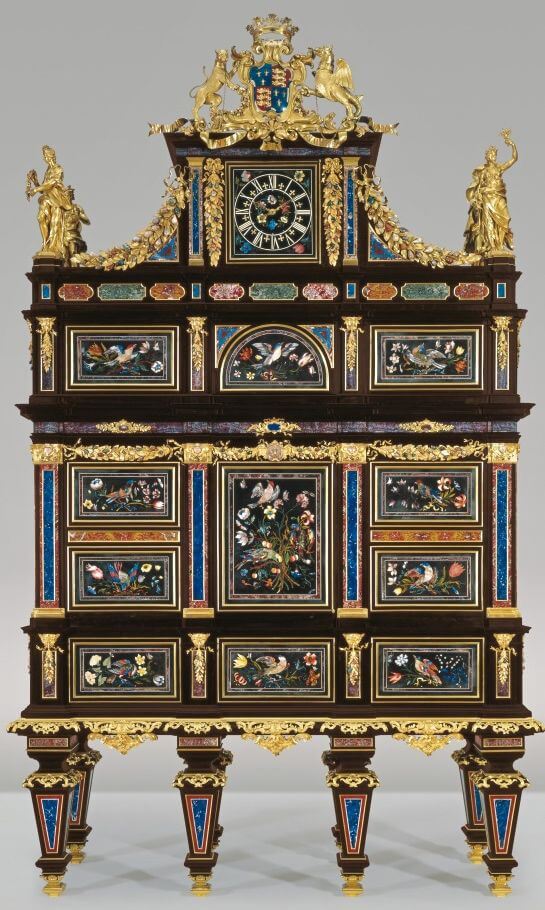
Royal Cabinets and Furniture
In the courts of Europe, Pietra Dura was often used to create ornate furniture, particularly cabinets and desks. One famous example is the Badminton Cabinet (ca. 1720), created in Florence and now housed in the Liechtenstein Collection in Vienna. This monumental cabinet features intricate stone inlays of birds, flowers, and landscapes, showcasing the pinnacle of Pietra Dura craftsmanship in furniture design.
The enduring allure of Pietra Dura lies in its ability to transform stone into storytelling. These outstanding examples: from the Medici Chapel to the Taj Mahal stand as testaments to its universal appeal, bridging cultures and centuries. Whether in monumental architecture, religious spaces, or personal belongings, Pietra Dura remains a vibrant reminder of the beauty that emerges when human creativity meets the richness of the natural world.
Reference:
https://en.wikipedia.org/wiki/Pietra_dura
Note: All images are merely illustrative and for educational purpose only. – Editor
Photos sourced by the author from the Internet

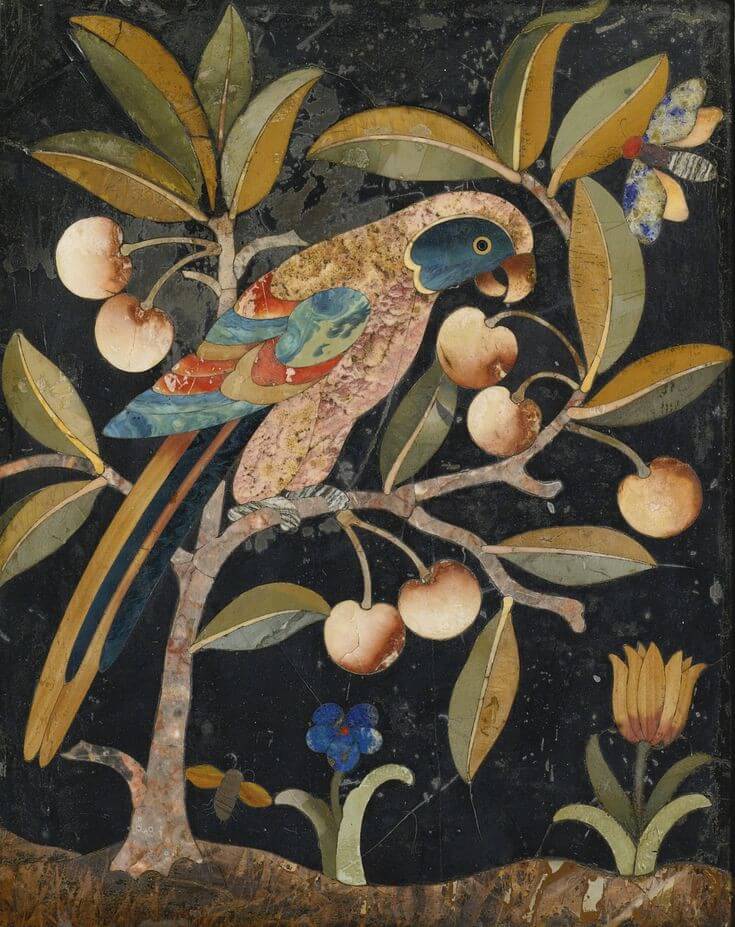

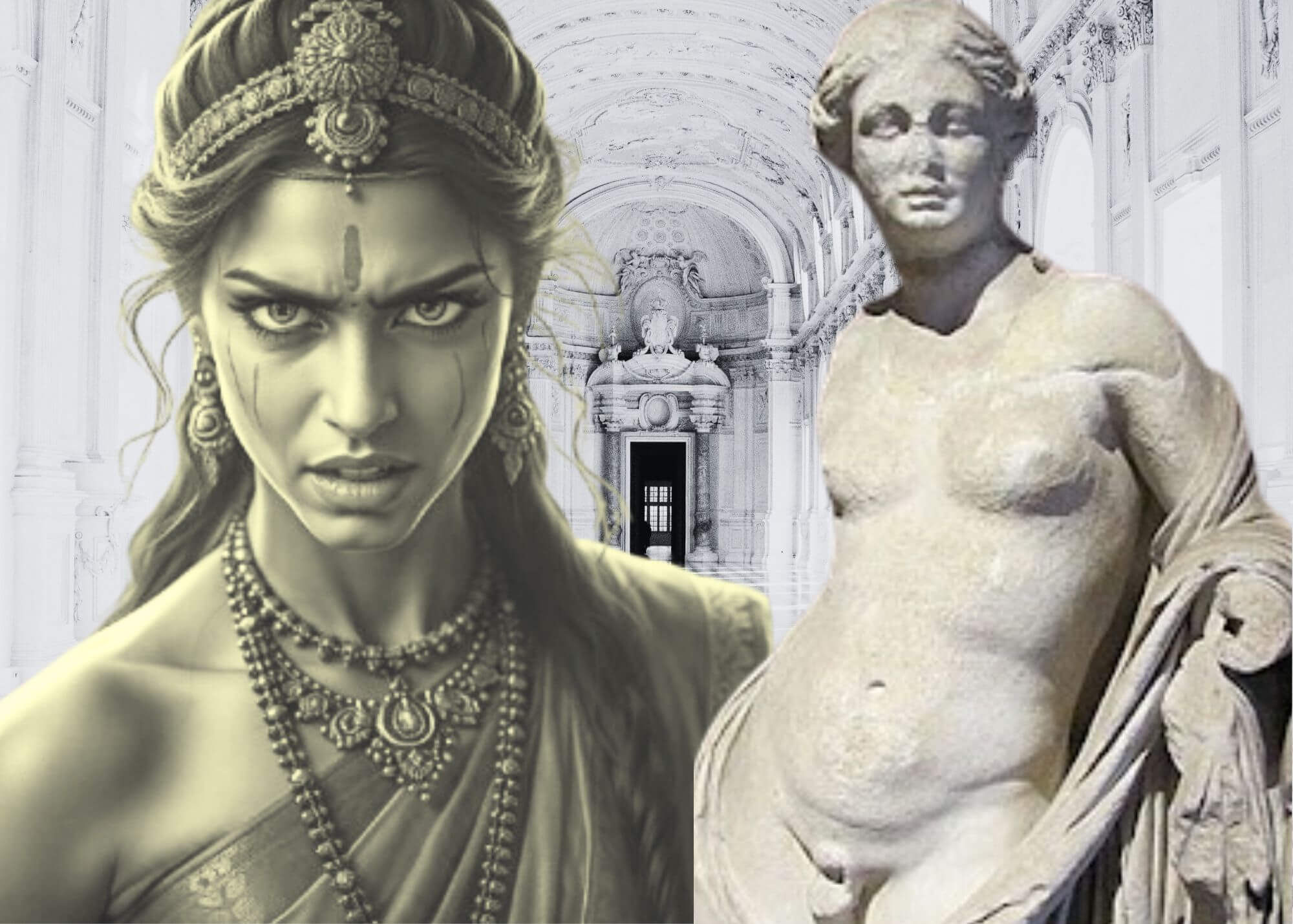

 By
By

 By
By
 By
By